Our front yard has always been the forgotten garden corner. My attention, and pocketbook, have always prioritized the private retreat in our backyard. Unfortunately that means the curb appeal at our place is based almost exclusively on free plants: cuttings from ones in the backyard, excess bulbs and tubers from friends and family, clearance rack starts.
One general rule of thumb with planting design is to arrange the plants like a kindergarten photo: tallest in back and shortest up front. Euphorbia and artichokes were the largest evergreens and semi-evergreens, so these became my foundation shrubs to place closer to the house. They will provide great contrasting hues of green and a mix of texture. Euphorbia is vigorous, almost invasive, so I merely plucked up offshoots and shoved them into place.
Artichokes are easy to divide for starting new plants, but they need a little help. I dug up small pieces from healthy plants in the backyard, trying to get ones with a little root already started. Then I dipped the ends in rooting hormone and carefully planted. They now have a few months of rain to grow more roots and get settled in.
I kept my focus on the evergreens in the front garden design, as these are really the skeleton for the whole space. My mid-level evergreen plant is sage. It’s nothing fancy, but it is easy to cut and divide. The fuzzy grey-green leaves will add some nice year-round color to the garden, not to mention the culinary value.
Lamb’s ear is another plant that borders on invasive in our garden. It is so easy to cut and divide, so no rooting hormone was needed to help it along. I just cut out pieces that had a strand of root attached and tucked them into place. These are my low-level evergreen plants, along with some oregano for contrasting foliage.
With my evergreen structure in place, it is time to work in some color. I bought a couple Rudbeckia plants on clearance recently and managed to cut two plants with a sharp spade into six plants. I wove them toward the front of the garden for some late summer seasonal yellow flowers.
Finally, I dug up and divided heaps of bulbs and tubers. Some were small daylilies, but most were irises I received from my grandmother’s garden. There are smaller, purple ones and huge bearded irises. The large ones were positioned toward the back of the garden, but right in front of my taller evergreen shrubs. This ensures they have a green backdrop to show off their gorgeous blooms. The smaller irises were planted closer to the front. I imagined they were like little waterways snaking through the garden.
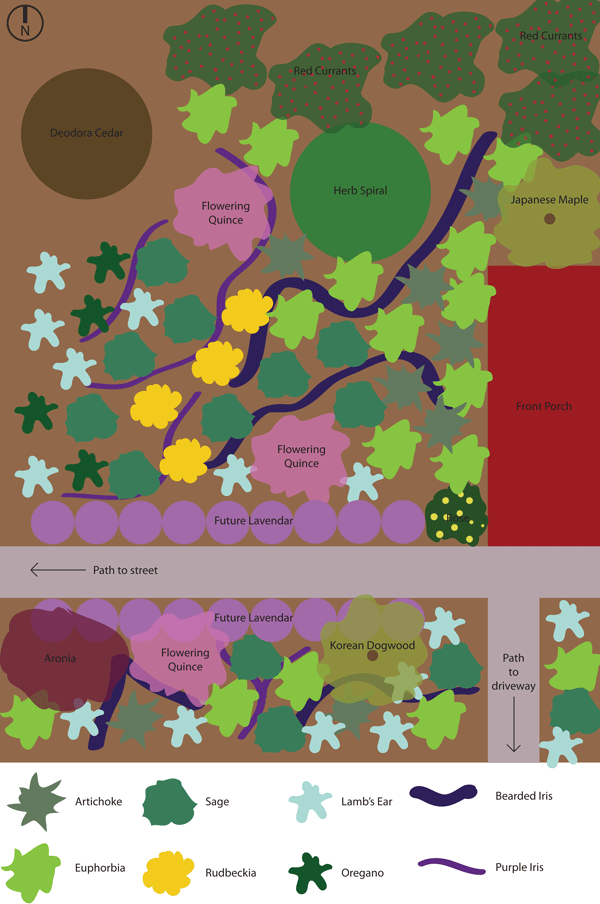 The garden looks only slightly changed since my day of planting. But as spring comes around the corner in a few months, a couple weeks of sunshine following months of rain will make these plants spring to life. I’ll plant lavender up and down the walkway at the end of winter. The front garden should look like a well-designed, beautiful space by springtime. But give it another year and it will be mature and bursting with life!
The garden looks only slightly changed since my day of planting. But as spring comes around the corner in a few months, a couple weeks of sunshine following months of rain will make these plants spring to life. I’ll plant lavender up and down the walkway at the end of winter. The front garden should look like a well-designed, beautiful space by springtime. But give it another year and it will be mature and bursting with life!
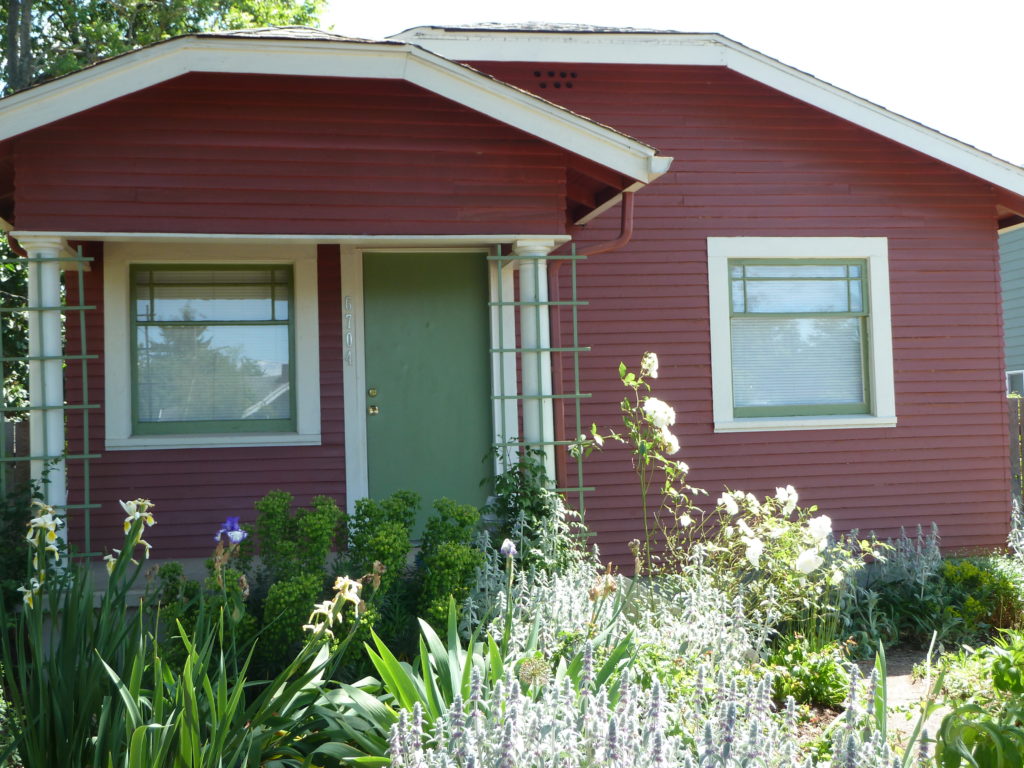
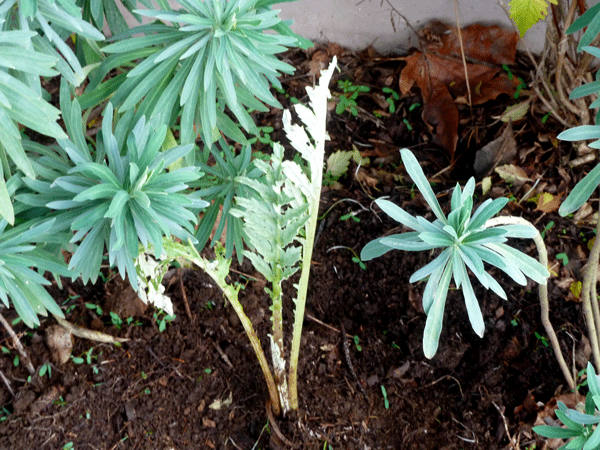
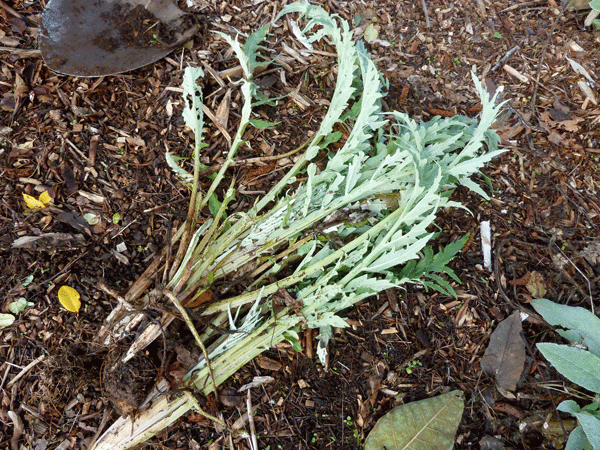
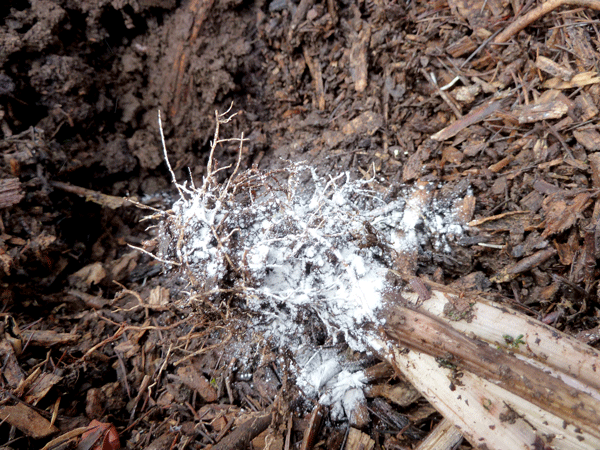
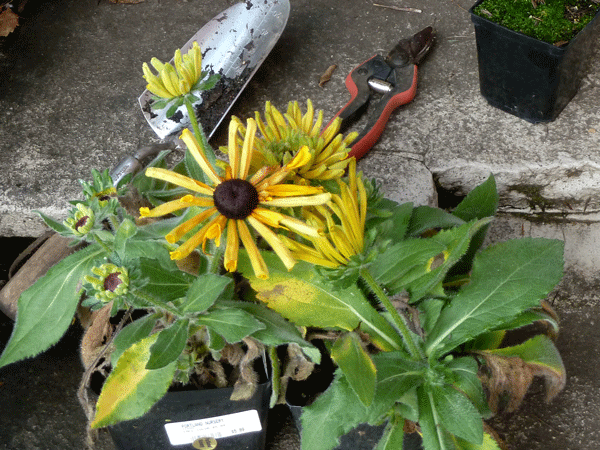
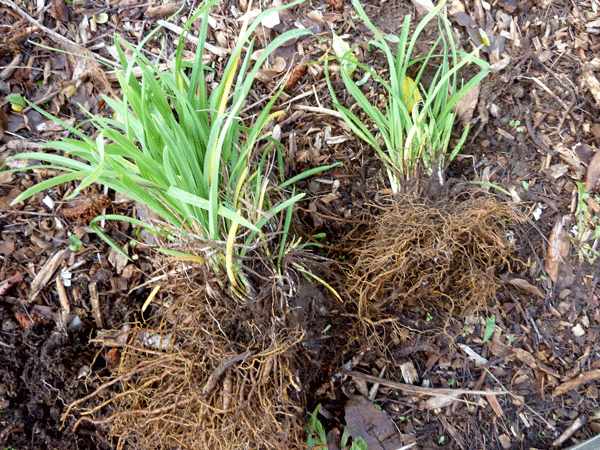
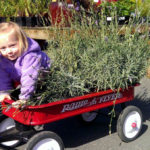
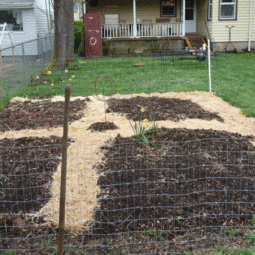
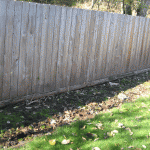

 Spring bed prep, the soil-building way!
Spring bed prep, the soil-building way!  Our sweet ca
Our sweet ca Upgrade your hanging basket game!
Upgrade your hanging basket game!  Here’s
Here’s This cluster was about the siz
This cluster was about the siz
Nice blog that made me realise that how you can do wonders with locally available tools to reshape your front yard for Gardening purpose. Thanks
I would love to see pictures of it this spring when things start filling out and blooming.
Nice description and clear description for resource management.
It’s that easy? I’m totally doing this in the fall.
It’s all about timing! Cutting & dividing in the fall (before the ground freezes) is one of the best times because of the mild temperature and rains that keep them watered. They have winter to rest & gentle spring rains to ease them into becoming established.